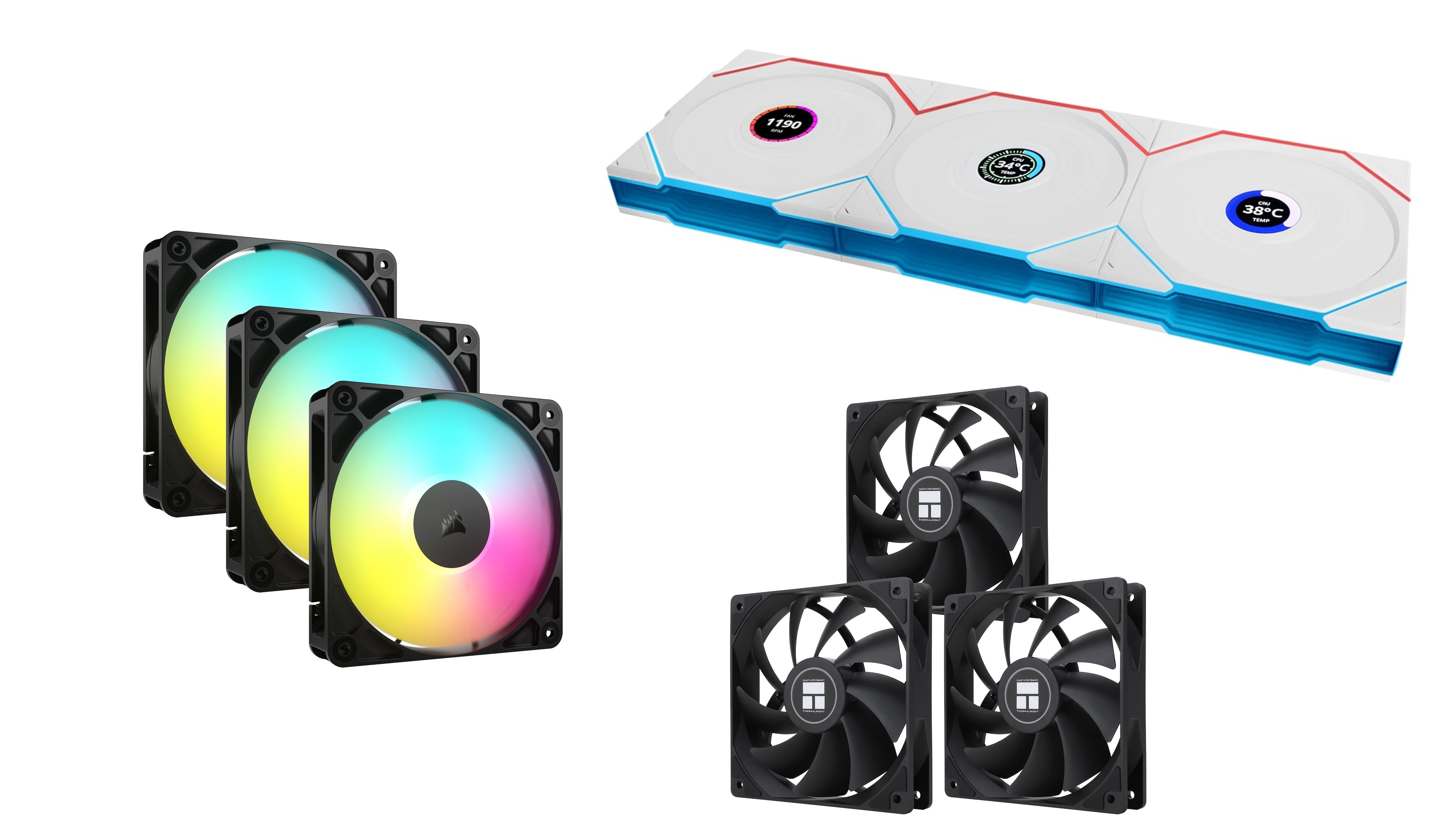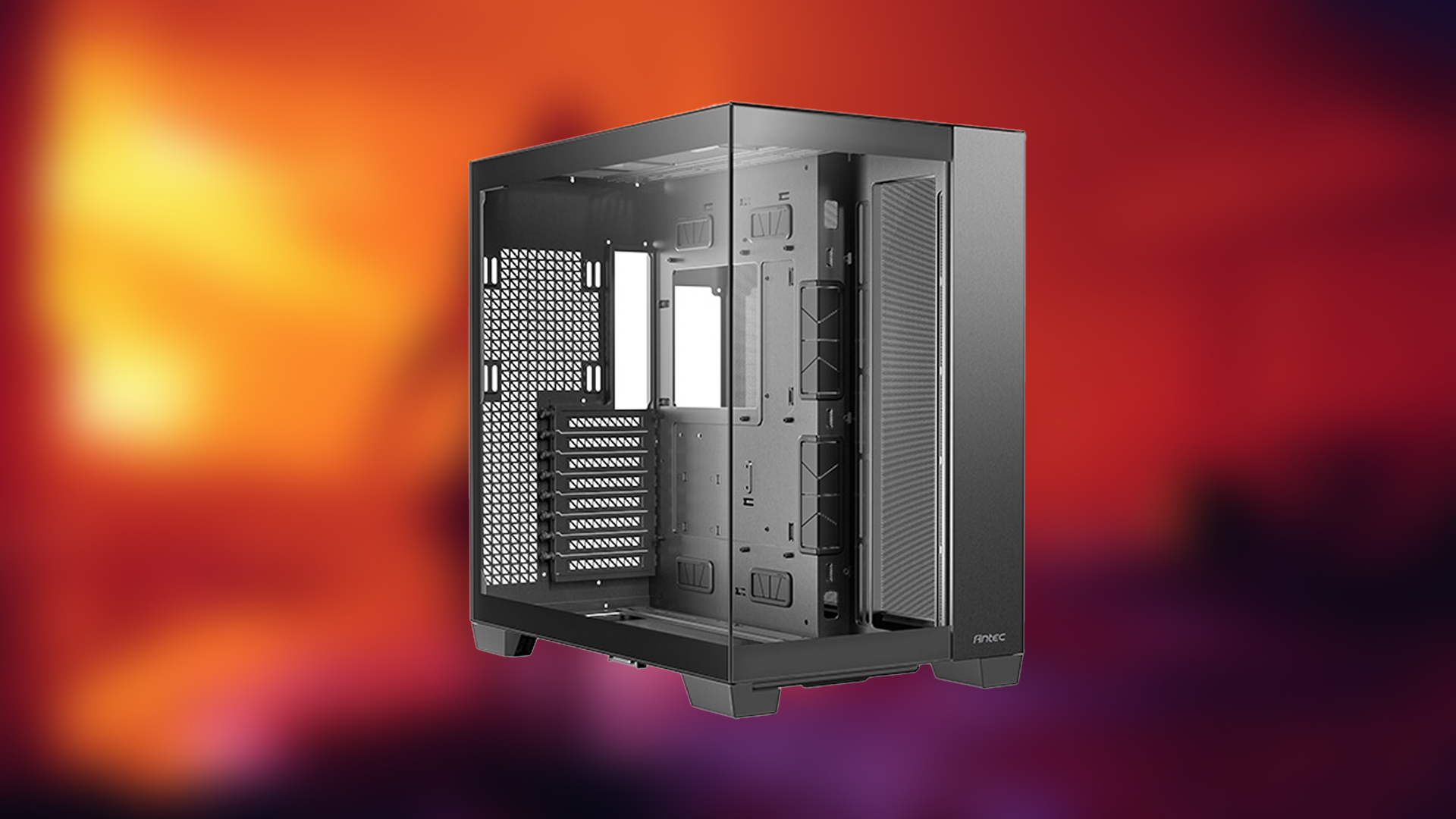Optimizing component performance begins with maintaining effective airflow. Improper fan arrangement often leads to heat buildup, reducing hardware efficiency and longevity. Strategic placement across various case types ensures cool air intake and hot air expulsion without obstruction.
This guide applies to standard, compact, and open-frame cases. Positioning radiators on front or side panels in liquid-cooled systems can enhance thermal management, though core airflow principles remain consistent.
Airflow Dynamics Essentials

Two critical considerations govern fan placement:
Air Movement Direction: Front, side, and lower sections typically draw cool air inward, while upper and rear areas expel warm air. Maintaining slightly higher intake than exhaust creates positive pressure, minimizing dust accumulation compared to negative pressure setups.
ATX Case Optimization Strategies




Standard configurations prioritize directional airflow:
Front Panel: Install 2-3 fans (120mm+) as primary cool air sources, directing airflow toward critical components.
Rear: Single exhaust fan removes heated air from CPU vicinity.
Top: Avoid multiple exhausts above CPU area. Position one rear-aligned fan if necessary, prioritizing uncooled air retention.
Bottom: Optional intake (120mm) beneficial for GPU cooling when case elevation permits.
Compact Case Thermal Management




Smaller enclosures require precise airflow balance:
Front: Dual 140/120mm fans ensure adequate cool air delivery.
Rear: Single exhaust prevents pressure imbalance.
Top: Avoid installations to preserve intake efficiency.
Bottom: Essential dual 120mm intakes compensate for limited internal volume.
Open-Frame System Ventilation




Maximizing airflow in expansive cases demands:
Side: Triple 120/140mm intakes ensure continuous cool air supply.
Rear: High-performance 140mm exhaust (>80 CFM) effectively evacuates heat.
Bottom: Mandatory triple 120mm fans support GPU thermal regulation.
Top: Eliminate exhaust installations to prevent airflow interference. Side-mounted radiators optimize liquid cooling efficiency in these configurations.

